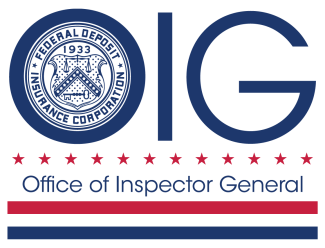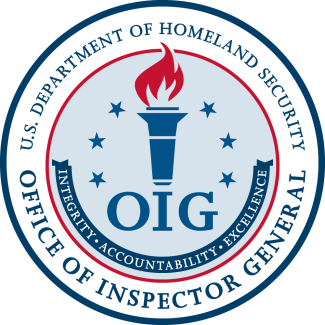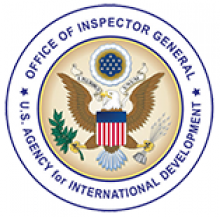Power plants rely on operational technology (OT) to ensure the plants can run without disruption. Due to the high risks associated with threat events against OT, we performed an audit of the Tennessee Valley Authority’s (TVA) OT cybersecurity at a combined cycle plant. Our objective was to determine if logical, physical, and general security controls were (1) appropriately designed to reduce cybersecurity risk and (2) operating effectively. We determined logical, physical, and some general controls were appropriately designed and operating effectively. However general security controls related to contingency planning, system inventory, system baselines, and cybersecurity monitoring needed improvement. Specifically, we identified:• Contingency plans were not documented. • OT inventory was incomplete.• System baselines were not in place.• Cybersecurity monitoring was incomplete.In addition, we determined a risk assessment had not been completed for the site’s OT systems.
| Report Date | Agency Reviewed / Investigated | Report Title | Type | Location | |
|---|---|---|---|---|---|
| Tennessee Valley Authority | Operational Technology Cybersecurity – Combined Cycle Plant | Audit | Agency-Wide | View Report | |
| Federal Deposit Insurance Corporation | DOJ Press Release: Former College Football Player Pleads Guilty to a Fraud Scheme Involving More than $1 Million in COVID-19 Unemployment Benefits | Investigation | Agency-Wide | View Report | |
| Department of Homeland Security | Infrastructure Investment and Jobs Act Funding: CBP Must Improve Processes for Addressing Critical Repairs at CBP-owned Land Ports of Entry | Inspection / Evaluation | Agency-Wide | View Report | |
| Department of the Interior | The National Park Service Should Ensure the Land and Water Conservation Fund State Side Program Complies with the Justice40 Initiative and Identify Data Necessary for the Program to Successfully Implement the U.S. Department of the Interior’s “Equity Acti | Inspection / Evaluation | Agency-Wide | View Report | |
| Office of Personnel Management | Final Audit Research Results: OPM’s Subscription Income Process | Audit | Agency-Wide | View Report | |
| U.S. Agency for International Development | Financial Audit of Cleaner Air and Better Health Activity in India Managed by Council on Energy, Environment and Water, Cooperative Agreement 72038621CA00010, April 1, 2022, to March 31, 2023 | Other |
|
View Report | |
| U.S. Agency for International Development | Performance Audit of Incurred Costs for Howard Delafield International, LLP. for Fiscal Year Ended December 31, 2020 | Other |
|
View Report | |
| U.S. Agency for International Development | Independent Examination Report on ABT Associates, Inc.'s Incurred Cost Submission for the Fiscal Year Ended March 27, 2020 | Other |
|
View Report | |
| U.S. Agency for International Development | Performance Audit of Associates in Rural Development, Inc. for Fiscal Year 2021 | Other |
|
View Report | |
| U.S. Agency for International Development | Fraud Alert-USAID Name and Logo Used to Defraud Job, Grant, and Visa Applicants | Other | Agency-Wide | View Report | |







